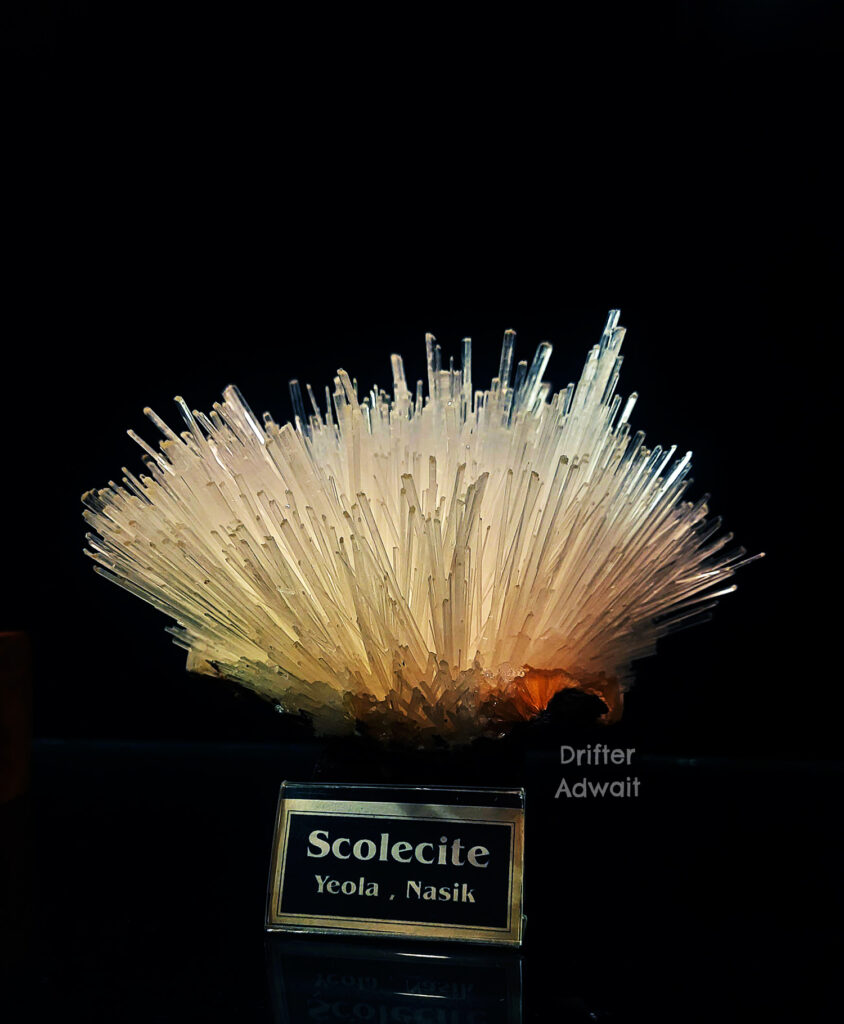
Hey there, fellow adventurers! If you’re ever in the Nashik region of Maharashtra, India, you absolutely have to check out Gargoti, the mineral museum. It’s like a candy store for mineral enthusiasts but with way more rocks and way fewer dental cavities.
Located in the MIDC area of Sinnar, Nashik, Gargoti is home to one of the largest collections of Indian Zeolites and Minerals in the world. And let me tell you, these rocks are seriously impressive. They come in all sorts of colors and shapes, and they’re just begging to be Instagrammed.
But the best part about Gargoti isn’t just the amazing collection of minerals. It’s the fact that the Museum was founded by a true visionary, Krishna Chandra Pandey. This guy dedicated his life to getting Indian minerals and Zeolites the recognition they deserve, and boy, did he succeed.

Gargoti: How Zeolite Minerals & Crystals are formed?
So, how do these beauties come to be? Well, it all starts deep underground, where minerals and volcanic rocks mingle and get cozy with each other. It’s like a giant mineral party, and everyone’s invited!
Zeolite minerals and crystals are formed through a process called crystallization. This occurs when certain minerals dissolve in water and then re-form into a solid crystal structure as the water evaporates or the temperature changes.
Specifically, zeolites are formed from volcanic ash or sedimentary rock that contains high amounts of aluminum and silicon. Over time, these materials break down and mix with water, forming a gel-like substance that can then crystallize into zeolites under certain conditions. Over time, the minerals start to crystallize and form these gorgeous structures we call Zeolites. It’s like they’re building their own little crystal castles, complete with turrets and moats (okay, maybe not moats).
And just like people, these crystals come in all different shapes, sizes, and colors. Some are pale pink, some are vibrant green, and some are a gorgeous shade of orange that makes you want to lick them (but don’t do that, it’s not safe).
The unique structure of zeolites is due to their high concentration of tiny pores and channels that can trap and release other molecules. This property makes zeolites useful in a variety of applications, such as water filtration, gas purification, and even as a catalyst in chemical reactions.
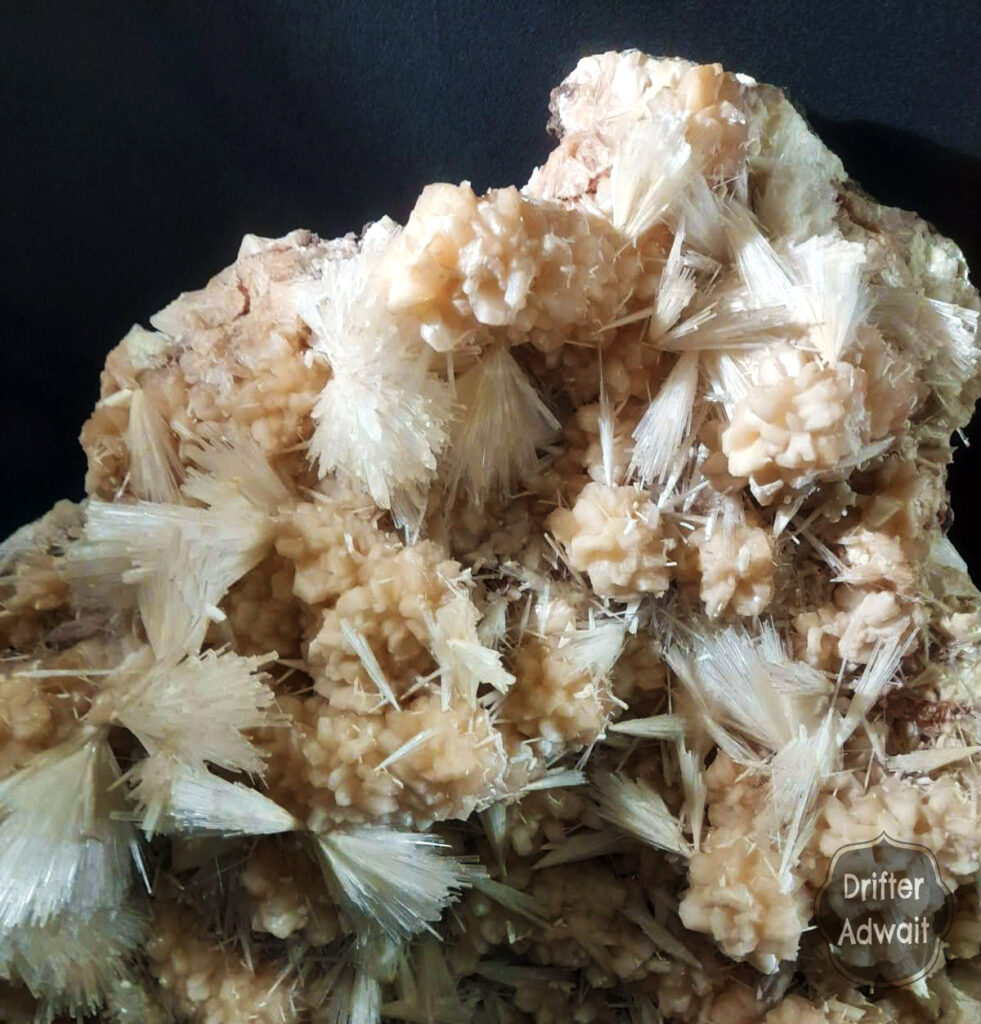
Gargotis In the Deccan Plateau:
The Deccan Plateau is a large volcanic province that was formed around 65 million years ago during the late Cretaceous period. It is known to have extensive deposits of zeolite minerals, particularly in the region of Pune in Maharashtra. The formation of these zeolites in the Deccan Plateau is believed to be related to the volcanic activity that occurred in the region millions of years ago.
During the Deccan Traps volcanic eruption, lava flows, and ash deposits covered large parts of the region. As the volcanic ash and lava cooled and solidified, they formed various types of rocks, including basalt and tuff. The chemical composition of these rocks, along with the presence of water, created favorable conditions for the formation of zeolites.
Over time, the minerals in the volcanic rocks reacted with groundwater, which carried dissolved silica and aluminum ions. These ions combined to form a gel-like substance that slowly crystallized, forming the characteristic pores and channels of zeolites.
The specific types of zeolites found in the Deccan Plateau are dependent on the exact conditions of the volcanic activity, such as temperature and pressure, as well as the composition of the surrounding rocks and minerals. Some of the zeolites found in the Deccan Plateau include stilbite, heulandite, chabazite, and clinoptilolite.
Overall, the volcanic activity in the Deccan Plateau played a significant role in the formation of the zeolite deposits found in the region today.
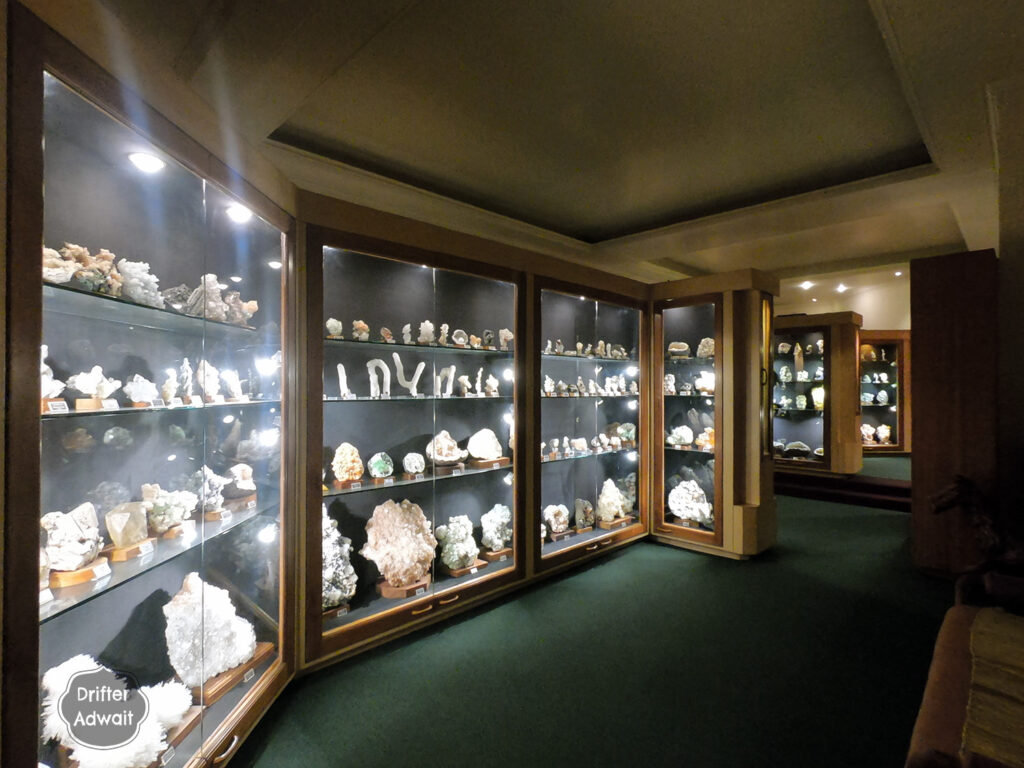
How do different colors occur in these crystals?
The different colors in zeolites are typically due to the presence of impurities or variations in their chemical composition.
For example, the green color in some zeolites, such as apophyllite, is due to the presence of iron or other trace elements. The pink color in Stilbite is due to the presence of manganese. Other colors, such as white, yellow, and orange, can be caused by a variety of factors, including the presence of different metals, water content, or even variations in the crystal structure.
It’s important to note that the color of a zeolite can also vary depending on the lighting conditions under which it is viewed. In natural sunlight or under artificial lighting, the color of a zeolite may appear different than when viewed under other light sources or in natural shade.
Overall, the color of zeolites can provide clues about their composition and can be useful in identifying and classifying these minerals.

The Man behind the Gargoti Museum

After joining the Indian Navy and training as a Naval Engineer (Aeronautical), K.C. Pandey was posted to Maharashtra. It was there that he began collecting zeolites and minerals from quarries near his naval bases. When he retired from the Navy in 1993, K.C. Pandey turned his hobby into a full-time business. He started Superb Minerals India, which became the biggest dealer and exporter of Indian zeolites and minerals in the world.
K.C. Pandey’s success didn’t stop there. He also opened India’s first and only Gem and Mineral Museum, called “Gargoti, The Mineral Museum” in Nasik. He dedicated the Museum to “Mother India,” and it showcases some of the most stunning minerals and zeolites found in India.
So next time you admire a beautiful Indian mineral or zeolite, remember the man behind Gargoti who helped bring these treasures to the world.
As someone who studies ancient rock-cut temples, I was particularly fascinated by the ancient minerals on display at Gargoti. These crystals have been around for thousands of years, and they’ve been used in everything from traditional medicines to architectural masterpieces.
And speaking of architectural masterpieces, the Museum itself is a work of art. It’s filled with intricate carvings and stunning designs that will take your breath away. It’s like stepping into a different world, one where minerals reign supreme, and everything is just a little bit shinier.
So if you’re ever in the Nashik area, be sure to swing by Gargoti, the mineral museum. It’s an experience you won’t forget, and who knows, you might just walk away with a new appreciation for rocks and minerals. Hey, stranger, things have happened!
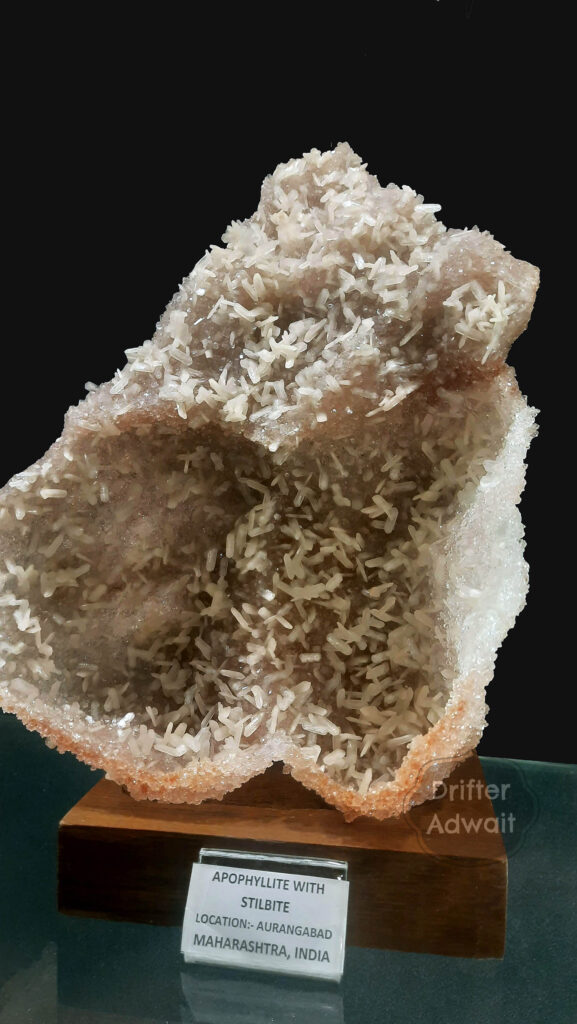
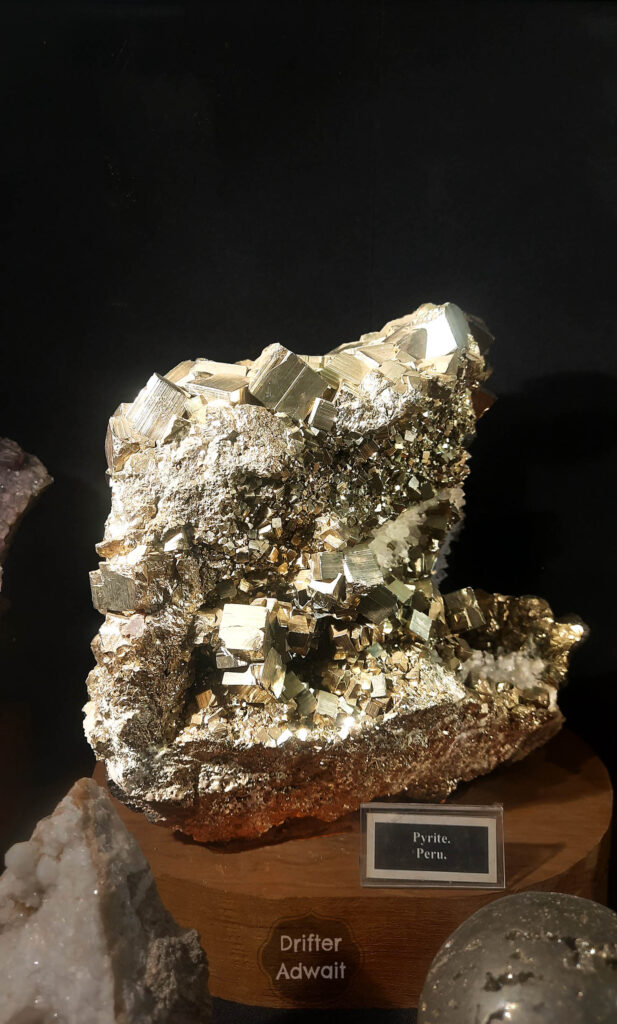
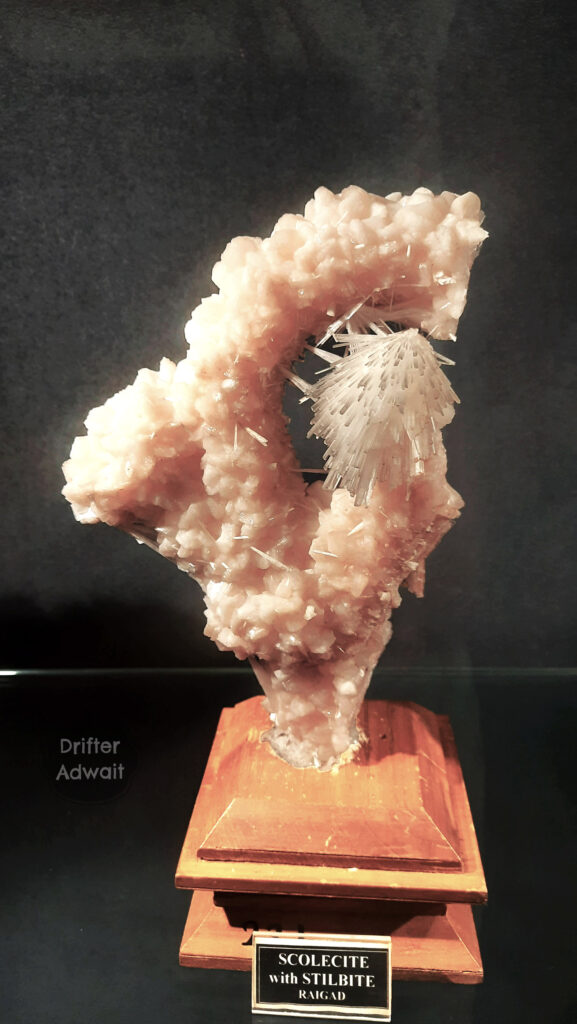


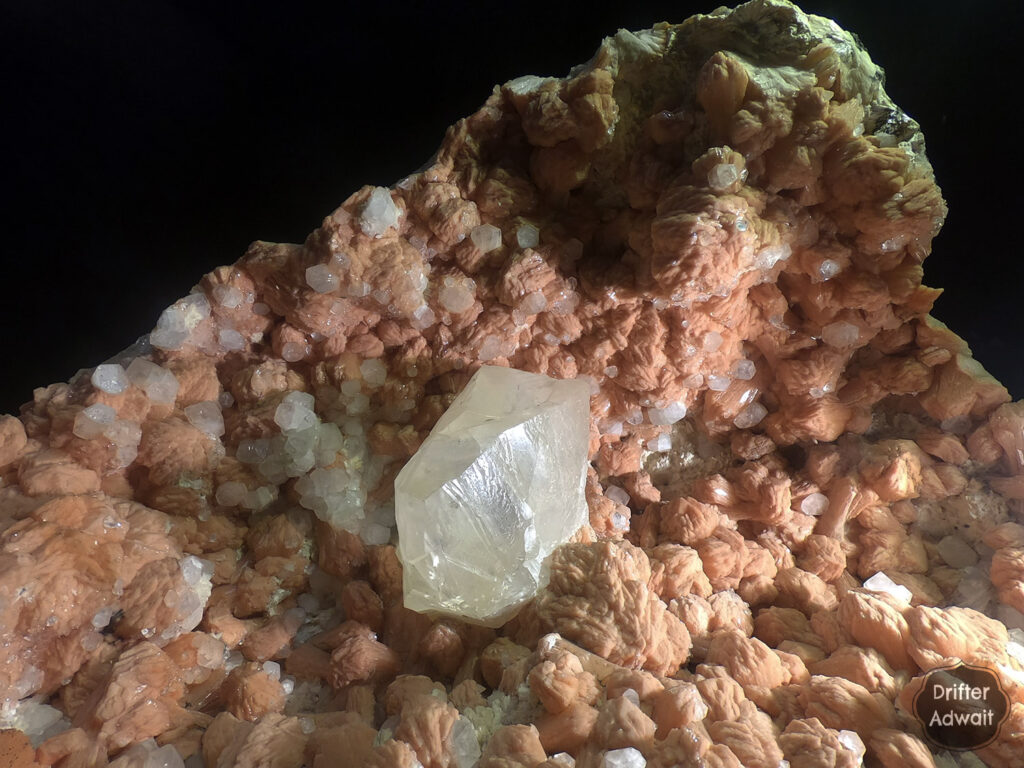
How to reach Gargoti Museum:
? By Car: Gargoti Museum is about 190 km from Pune, 180 km from Mumbai, and about 25 km from Nasik City.
? By train: Nearest railway station for the Gargoti museum is Nasik, or Nasik Road, which is about 25 km away and has decent traffic from all corners of India.
? By Bus: Nasik has buses every half hour from Mumbai and Pune. Both public and private buses are available to Nasik. As the Gargoti museum is outside Sinnar town, one can alight on Pune Nasik Highway on Sinnar MIDC and can take a rikshaw or even walk about 2 km to the Museum.
? By Air: Naik has an airport about 20 km north of the city, which makes it the closest airport to the Gargoti Museum.
?️ Ticket: Gargoti Museum has a 100 rs ticket, which includes guide fees. It would be better if you could go with a large group.
?️ Places to stay: Sinnar has few decent hotels to eat and which provide accommodation. Nasik will be the best option if you are looking for more hotel options. ? Don’t forget to visit Gondeshwar temple in the Sinnar city, as it is one ancient architecture marvel.
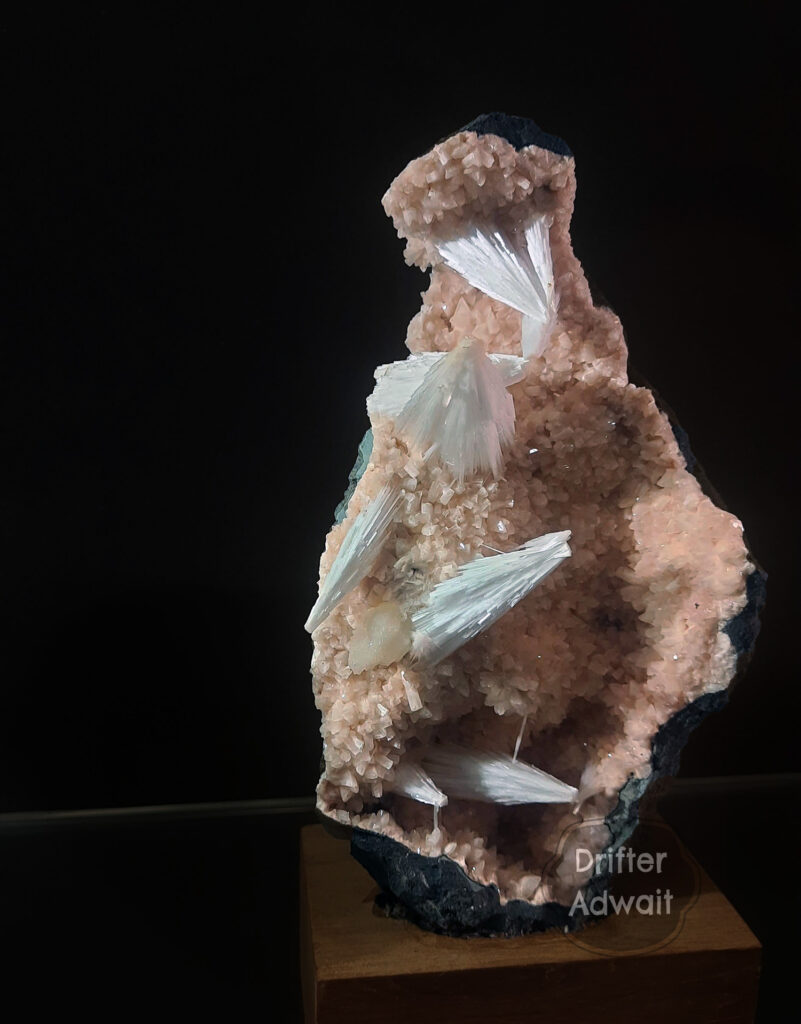
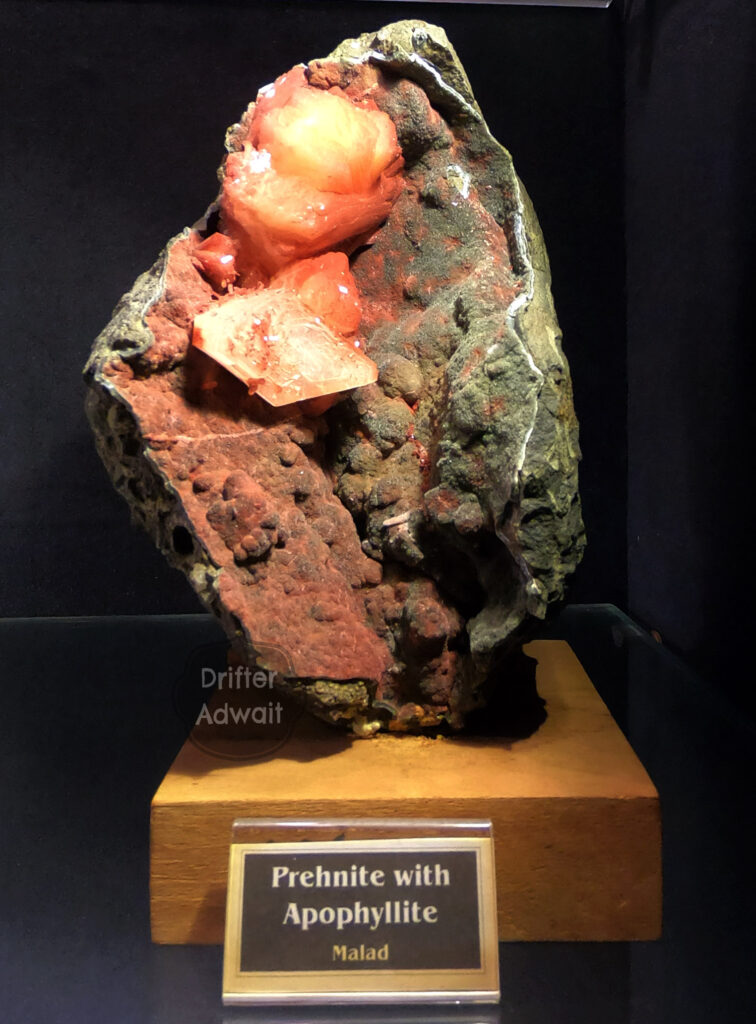
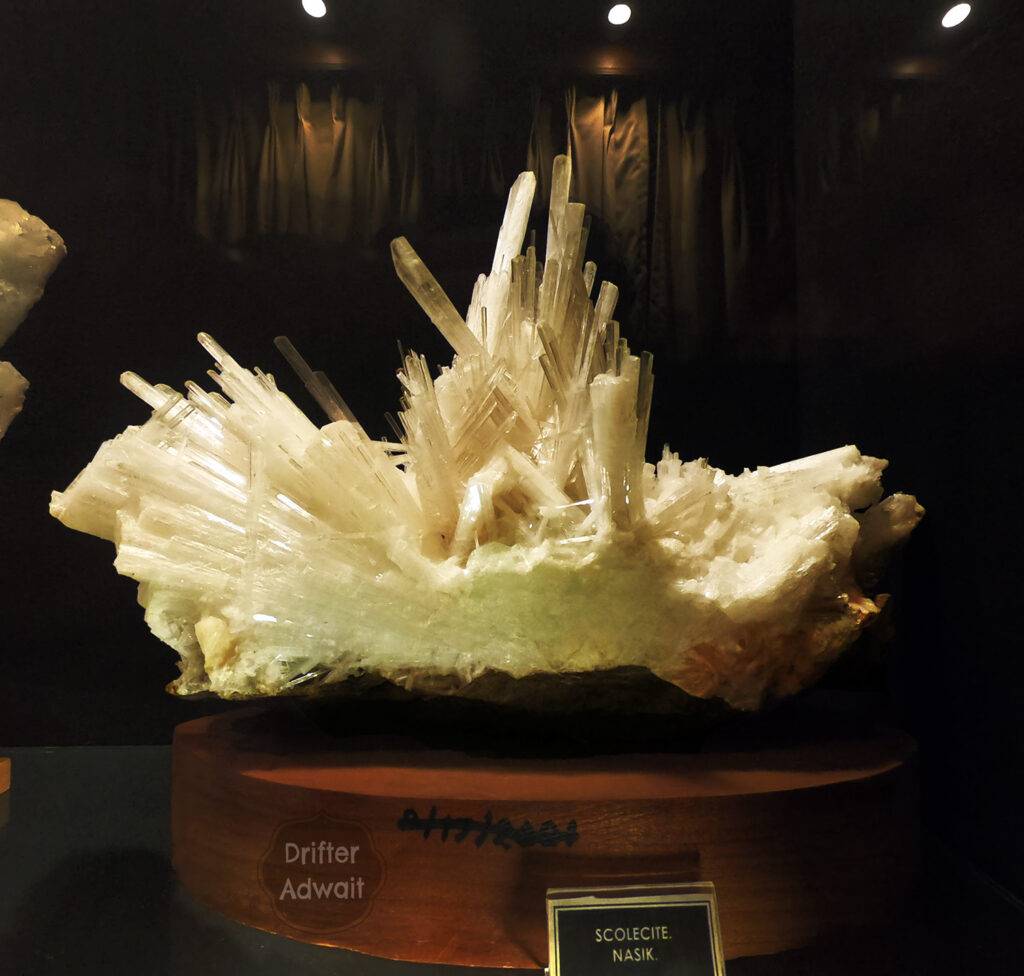
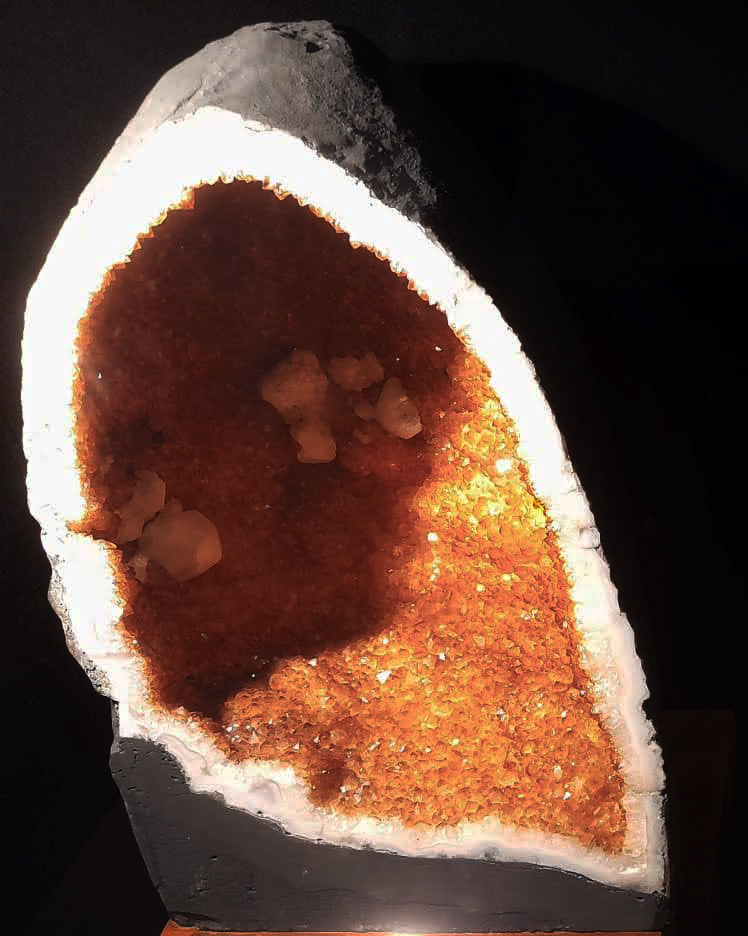
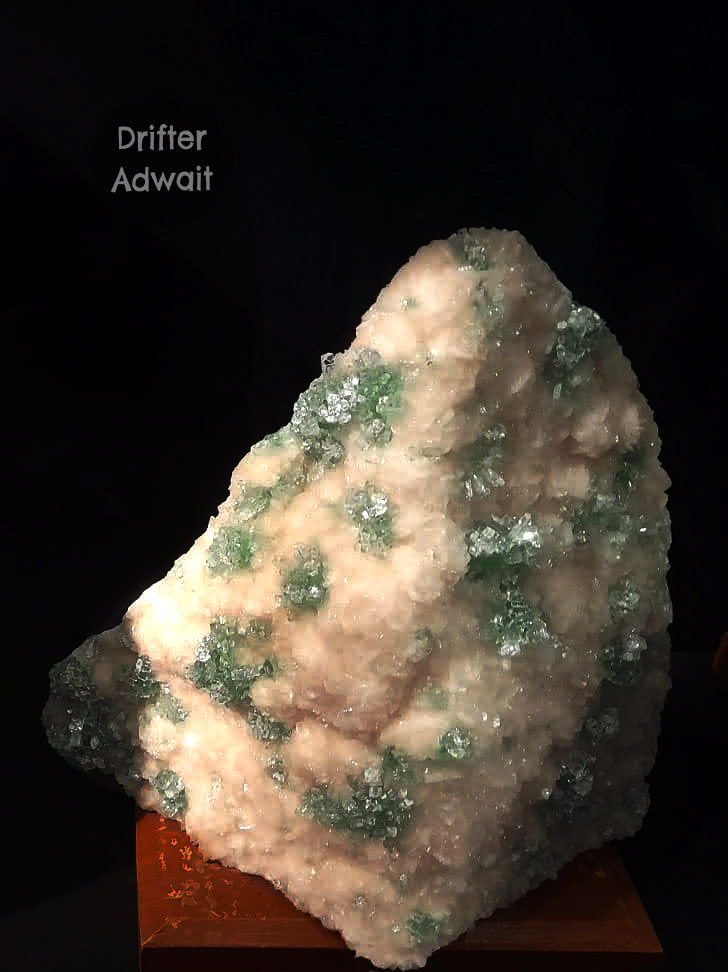
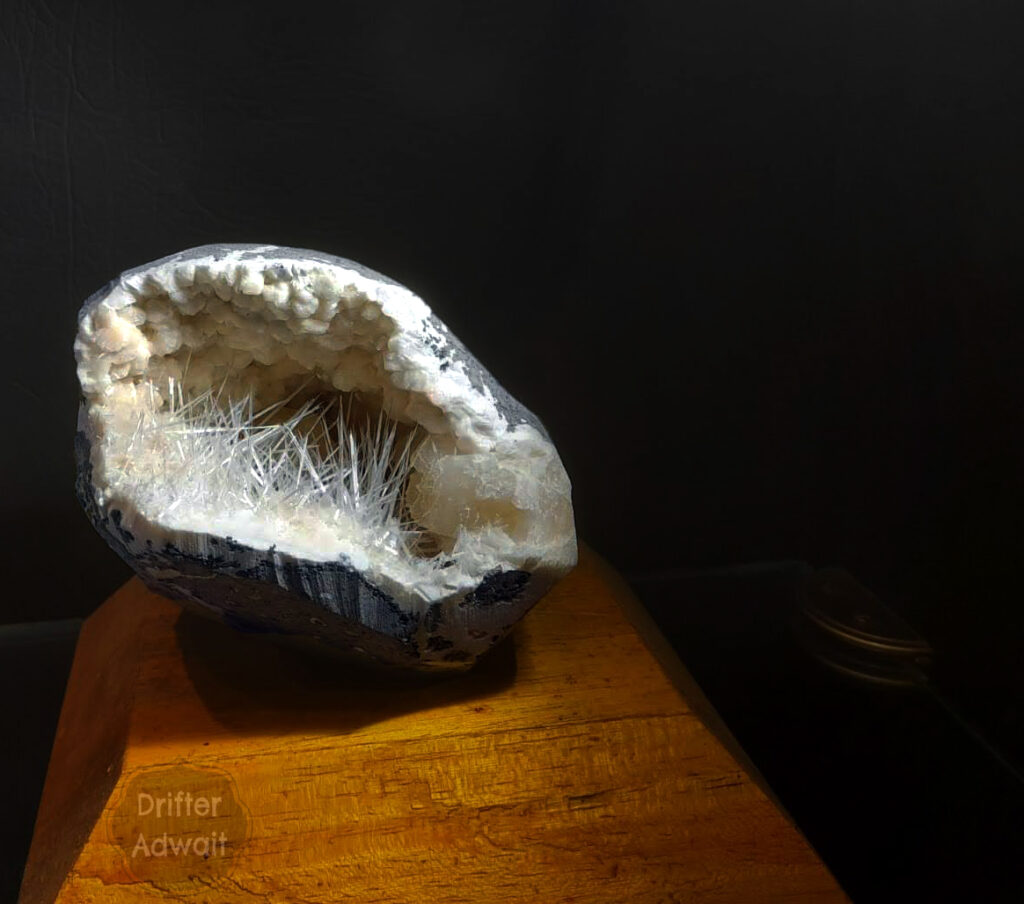

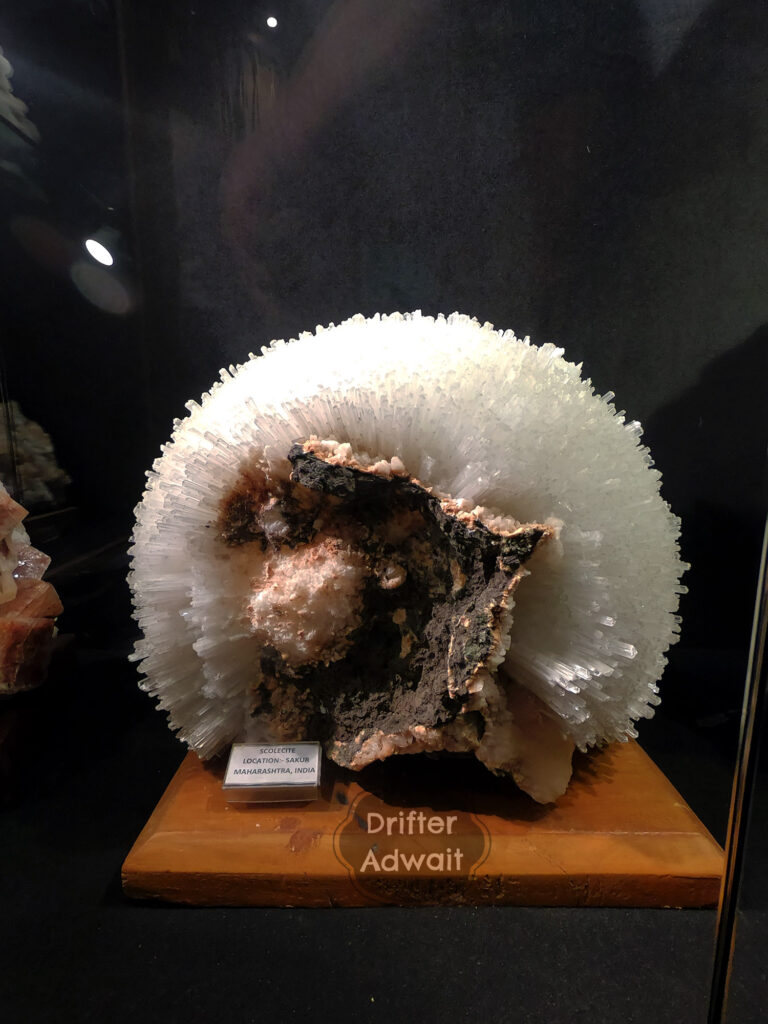
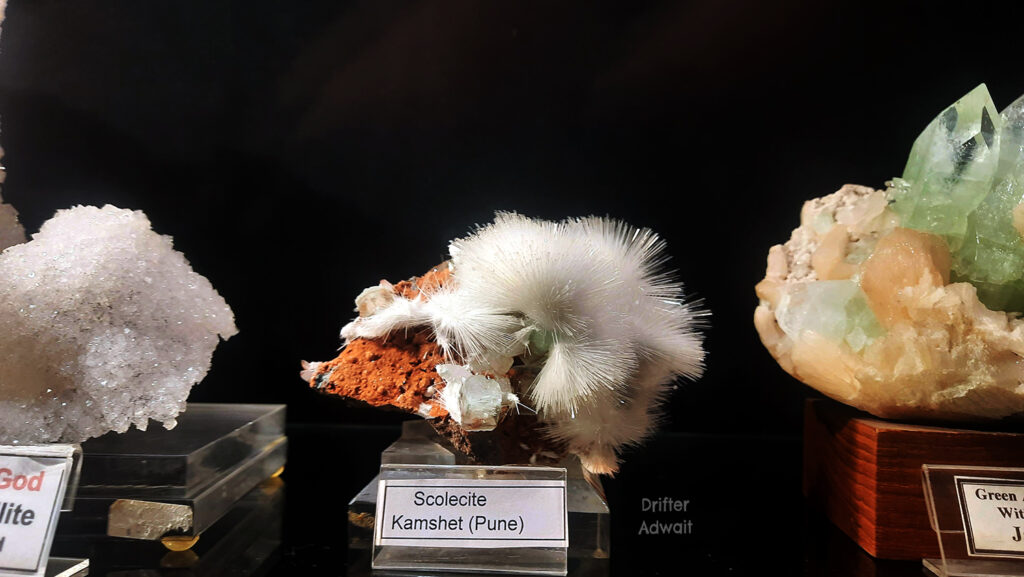

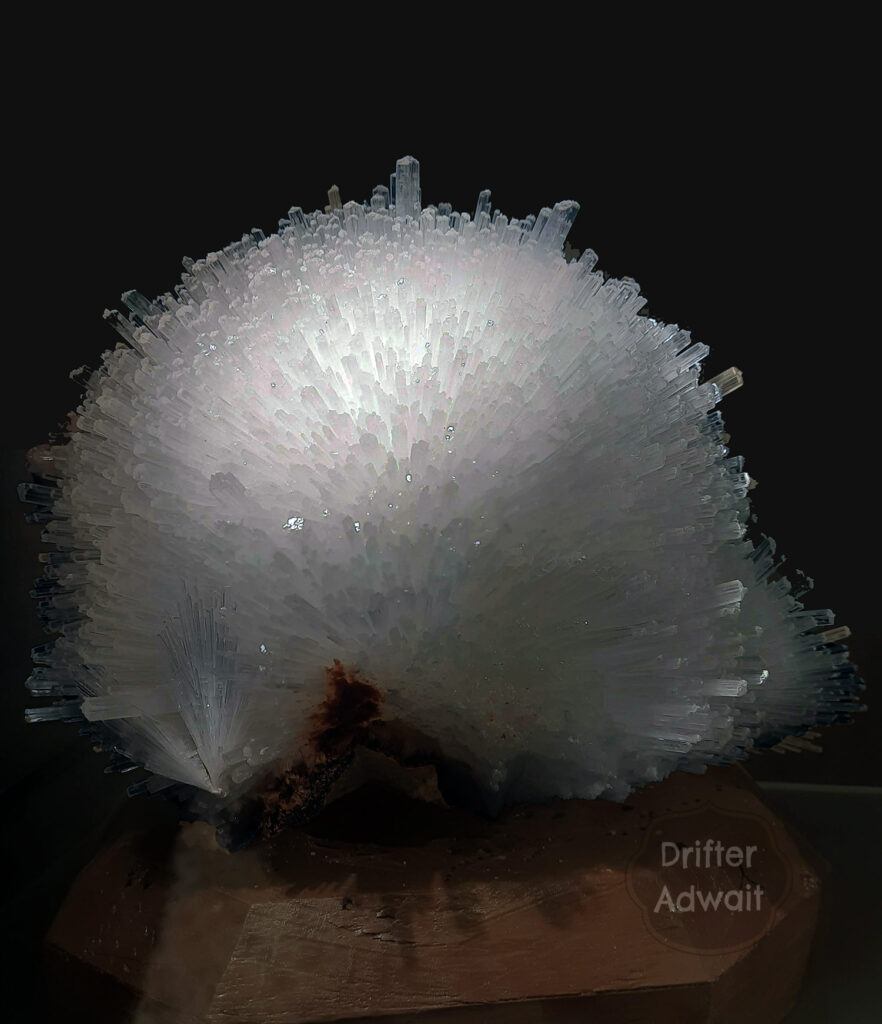

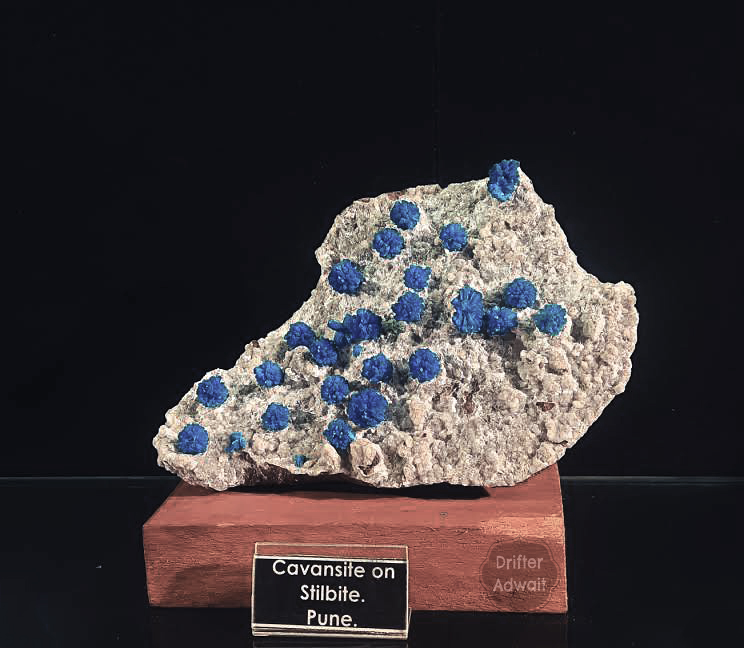
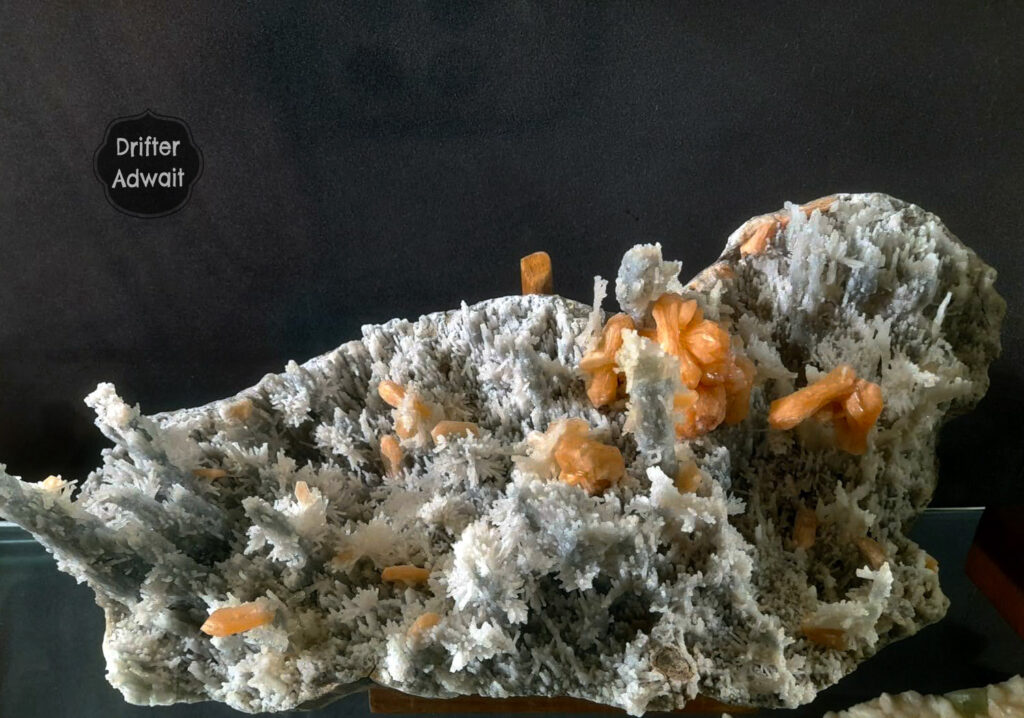

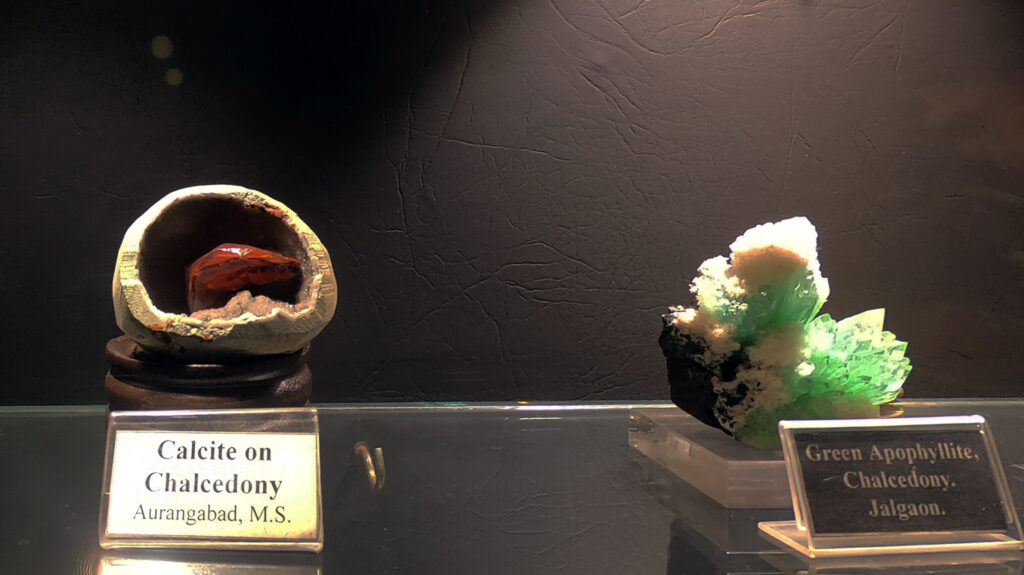
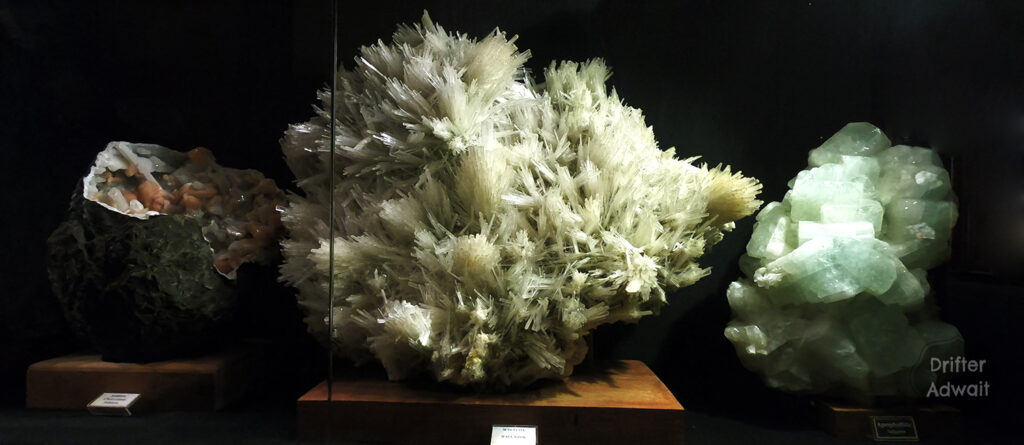
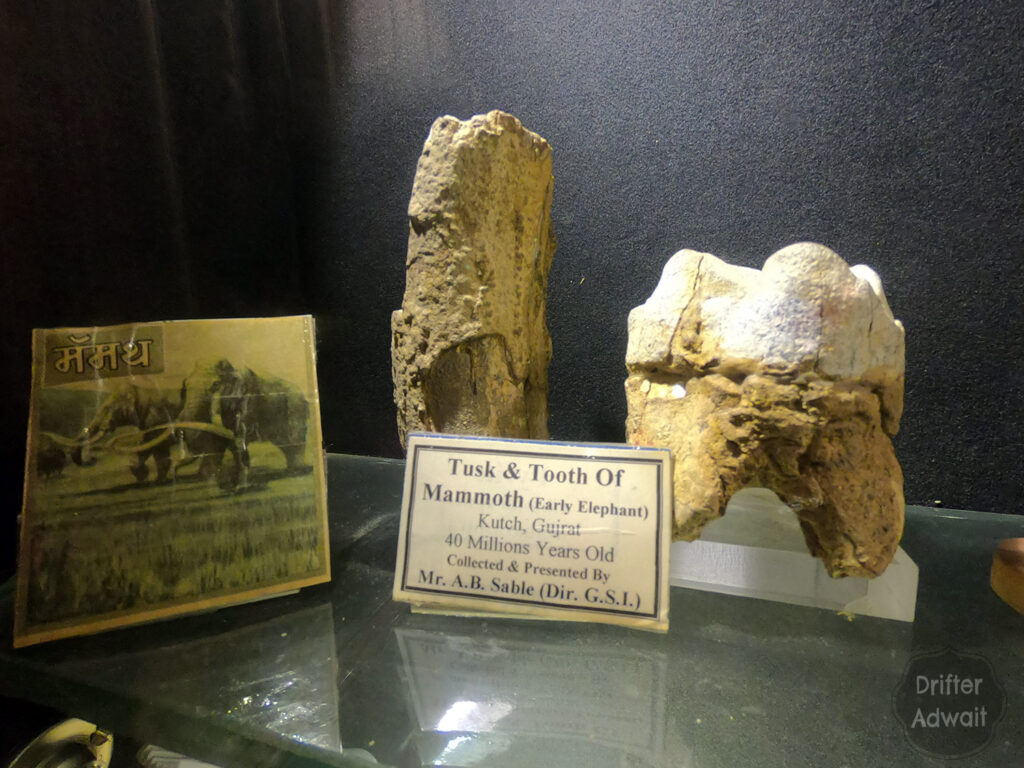
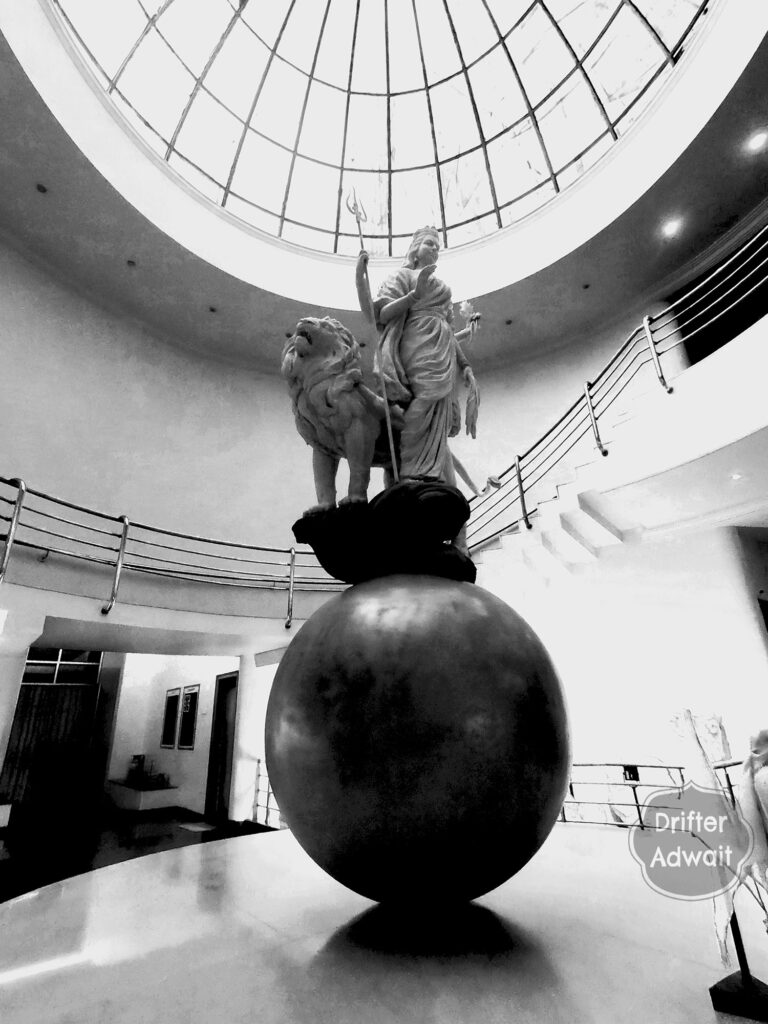
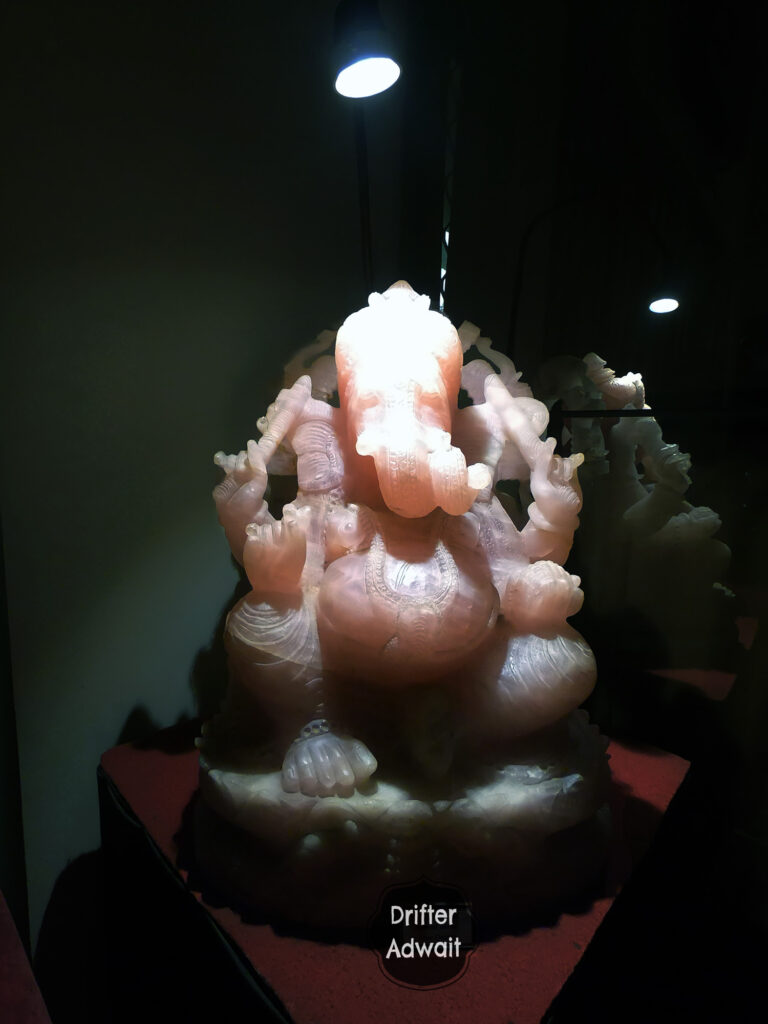

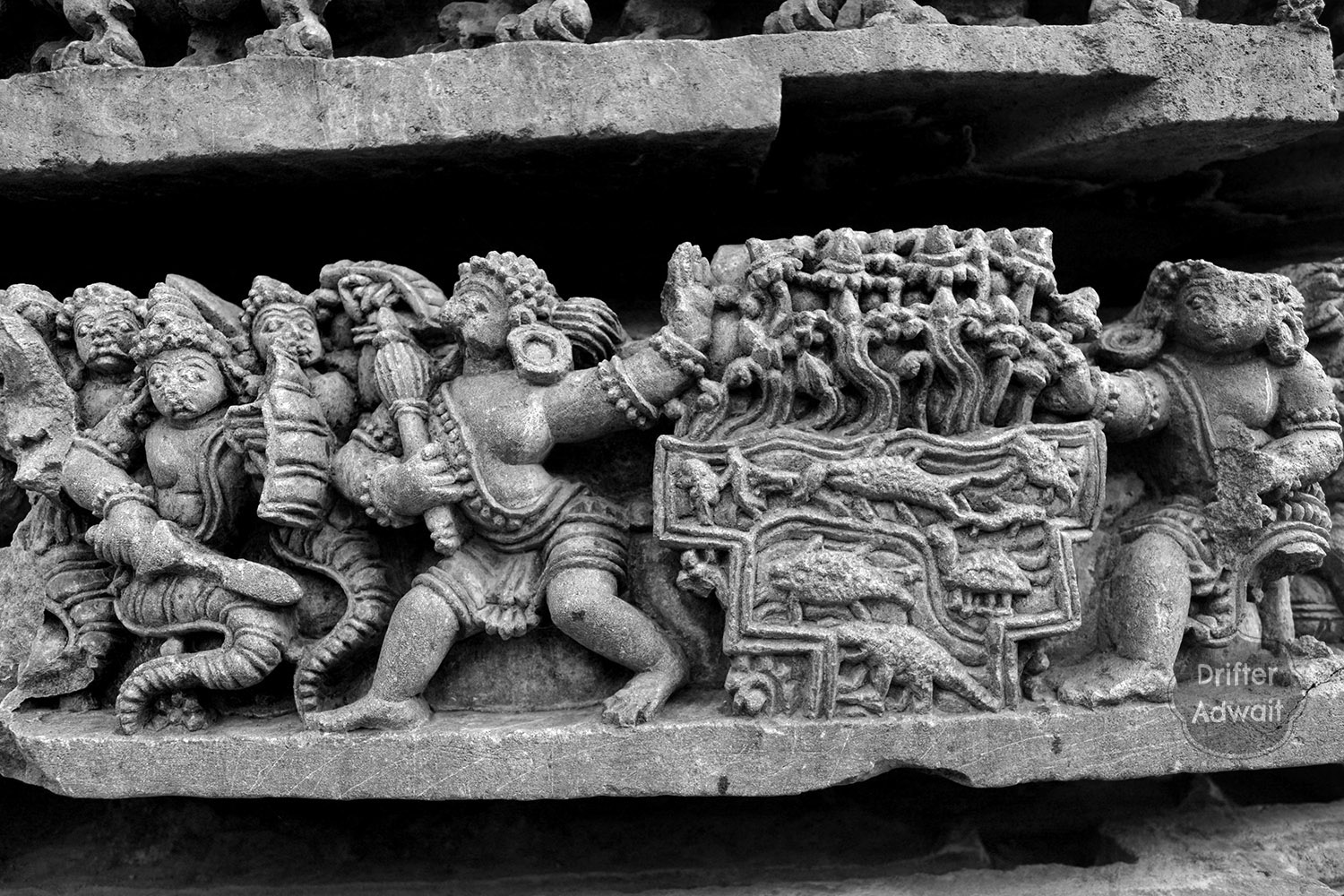
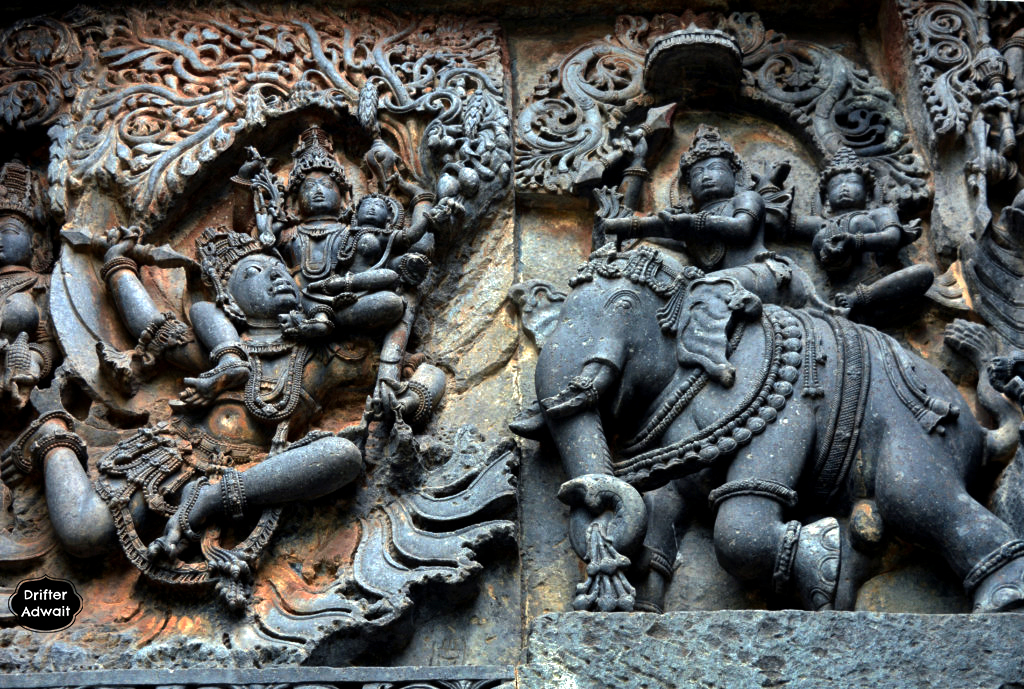

विश्वास बसणार नाही असे सुरेख प्रकार गारगोटी चे आहेत आम्ही नक्की बघायला जाऊ.